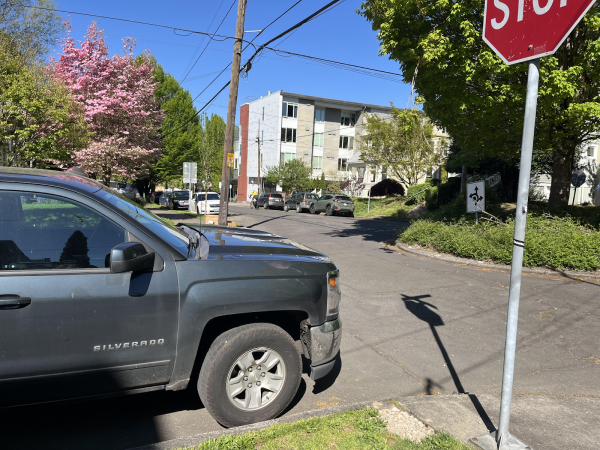
Portland is a lively city, full of bustling streets and energetic neighborhoods. Busy streets around Portland can be hazardous to drivers and pedestrians alike. Intersection daylighting can change that.
Intersection daylighting is a street safety measure that increases visibility of pedestrians, cyclists, and drivers at intersections by prohibiting cars from parking up to the corner of a street. Most commonly, this means building physical barriers to block parking. Dana Dickman, traffic safety section manager for the Portland Bureau of Transportation (PBOT), believes that one of the largest misconceptions about daylighting is that it solely benefits pedestrians’ safety. She says, “While [PBOT] does focus our limited resources in high pedestrian areas, daylighting helps increase visibility for all road users.”
Cars parked too closely to an intersection prevent drivers from seeing around the corner of roads and sidewalks. Jonathan Maus, founder and editor of news company BikePortland, which covers transportation in the Portland area, acknowledges that painting curbs yellow may deter drivers from parking, but adds, “In most cases, a city will just add colored paint to the curb and/or signage. This means daylighting is 100 percent reliant on people being considerate, and if not, enforcement of the parking law.” Implementing physical barriers around Portland, rather than relying on avoidable paint and signs, is generally more effective in preventing traffic accidents.
Under Oregon Revised Statutes 811.550, drivers may not park vehicles within 20 feet of a crosswalk at an intersection. This law requires Oregon cities to enforce daylighting at all intersections. However, as Maus states, “cities have argued that the law allows cities to interpret the law themselves, [and so] daylighting doesn’t happen.” This has previously been the case for Portland, though in recent years, there has been a substantial effort to enforce daylighting at Portland’s intersections. The current Portland City Code 16.20.130 maintains that stopping or parking within 50 feet of an intersection is unlawful if a vehicle is more than six feet tall or otherwise obscures visibility at the intersection.
Between 2021 and 2022, PBOT completed daylighting at 350 intersections across Portland. Now, PBOT plans to daylight 200 additional intersections over the next two years. This decision was part of a larger initiative from PBOT to improve visibility, especially around schools, neighborhood greenways, and pedestrian districts. The daylighting of the intersections will be financed in part by PBOT’s Fixing Our Streets gas tax, which is directing $50,000 to the project. “PBOT has said 50 of them will need to be on smaller, local streets and the remaining 150 intersections have no restrictions on location,” comments Dickman. PBOT prioritizes areas with many pedestrians, such as near schools or busy intersections. Dickman notes that PBOT also installs daylighting based on safety requests made by community members.
There have been concerns from the public about daylighting, specifically from businesses who are apprehensive about the loss of parking in front of their establishments. In some cases, PBOT may work to change parking limitations in the area to alleviate the loss of parking from daylighting. To this end, Dickman says, “For example, in a busy business area we may add one hour or 30 minute parking to help encourage turnover of parking and allow for more access close to the business.”
There are many ways Portlanders can advocate for daylighting. Maus recommends “[getting your neighborhood association] to write a letter of support for daylighting to PBOT with specific intersections they’d like to see given the treatment.” Getting involved in advocacy groups such as BikeLoud PDX or Oregon Walks, which work to create political urgency around daylighting and transportation issues, can also be impactful. Communities’ awareness and involvement in daylighting can create a safer environment for pedestrians and drivers alike.
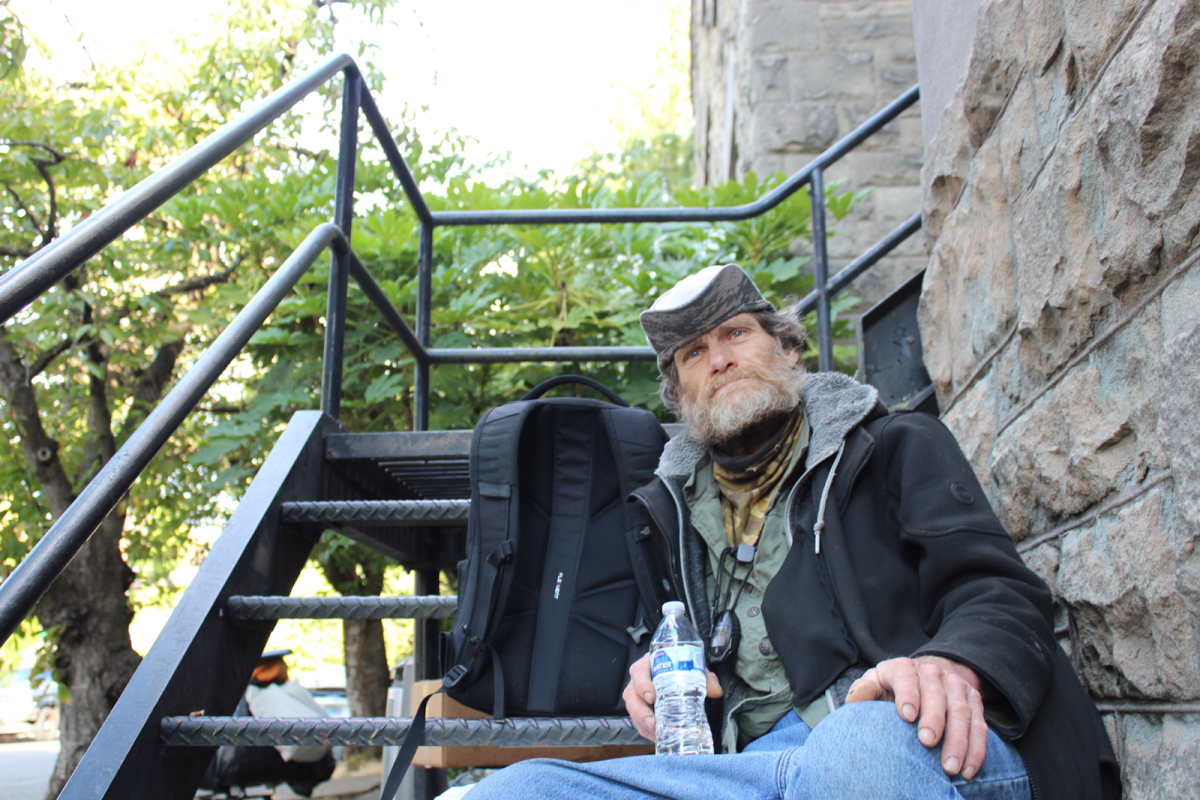
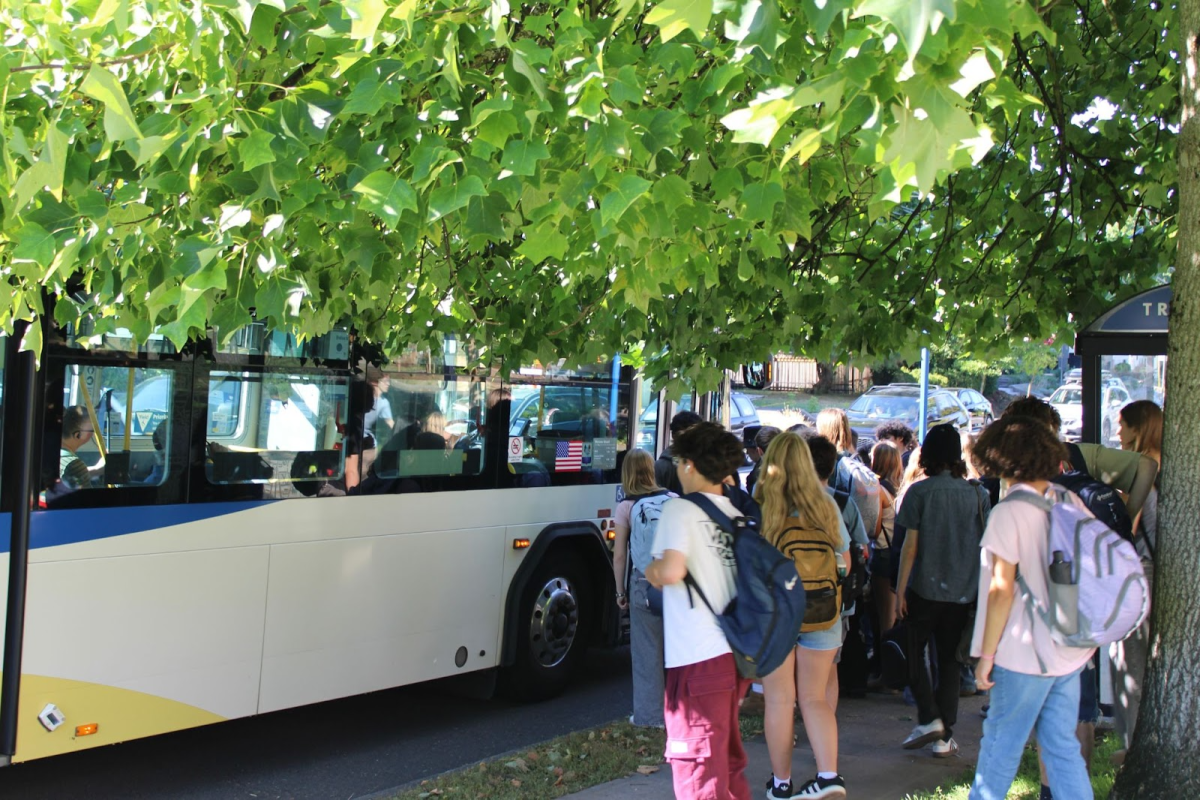
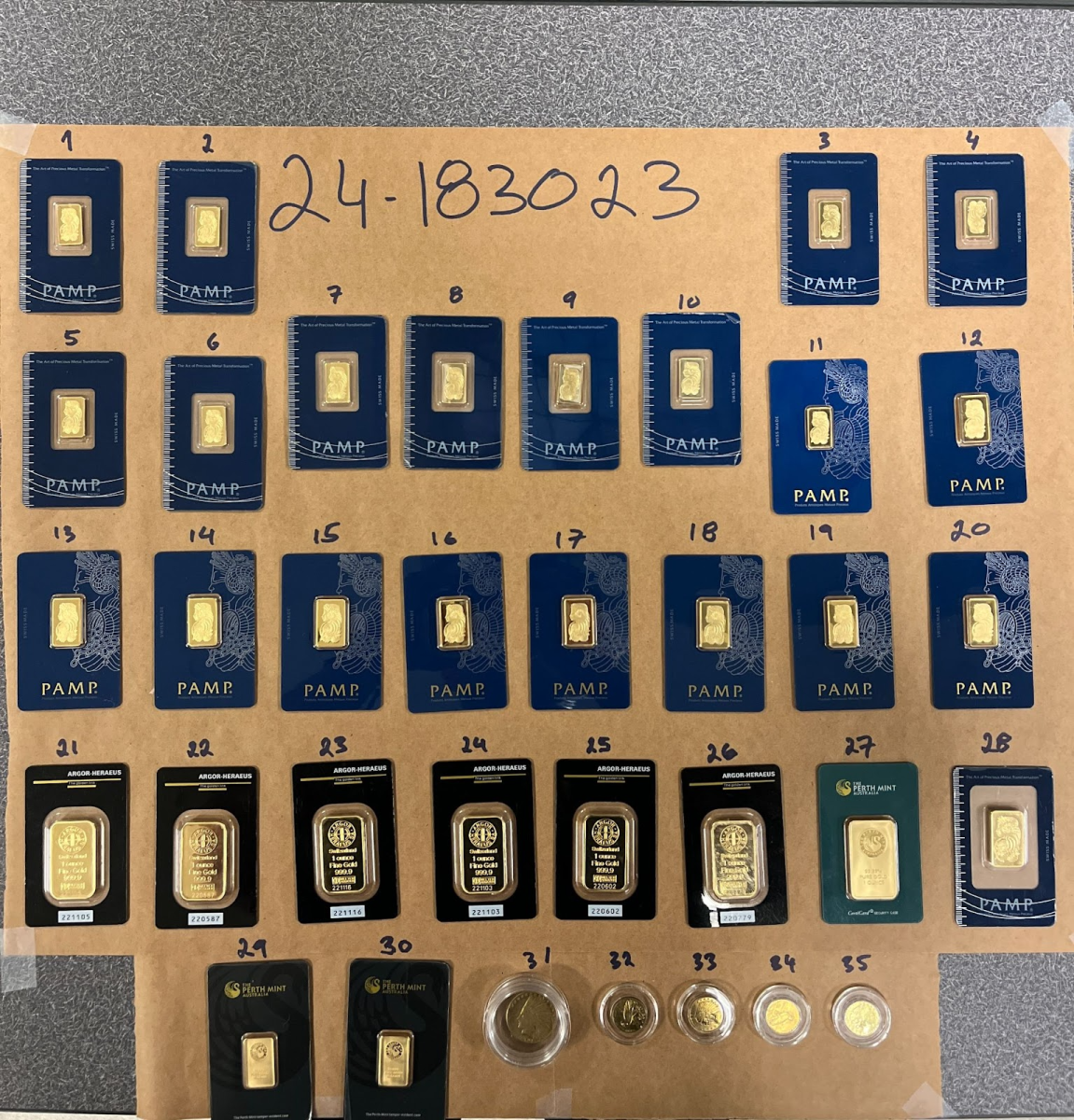
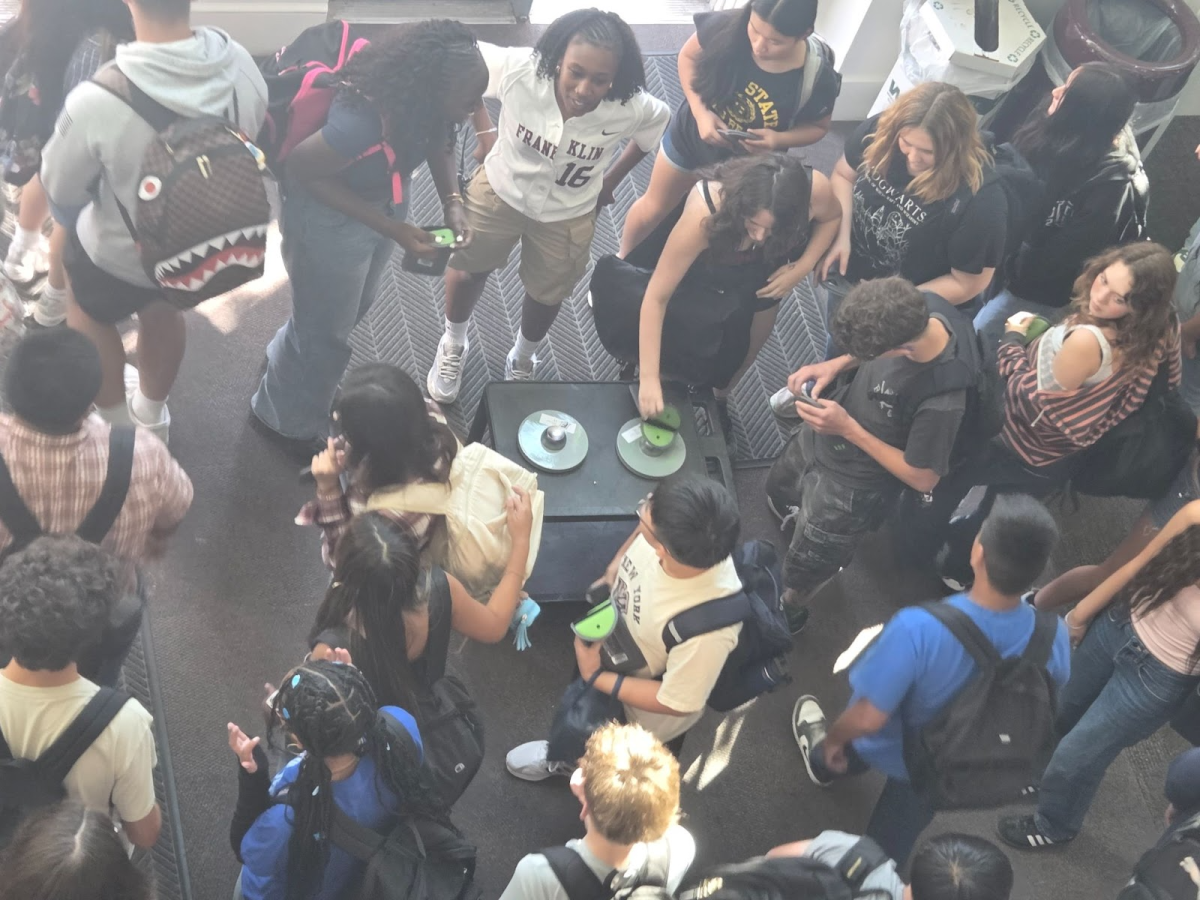
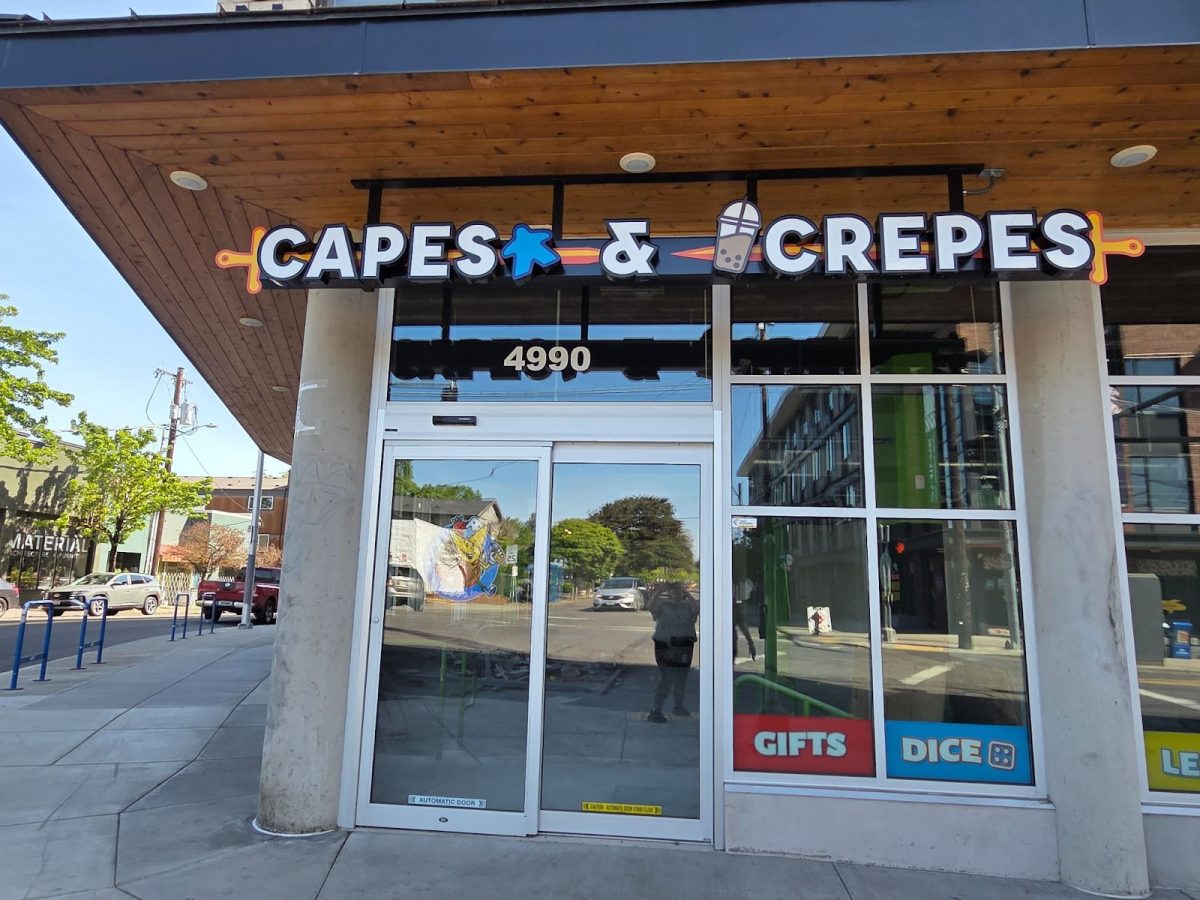
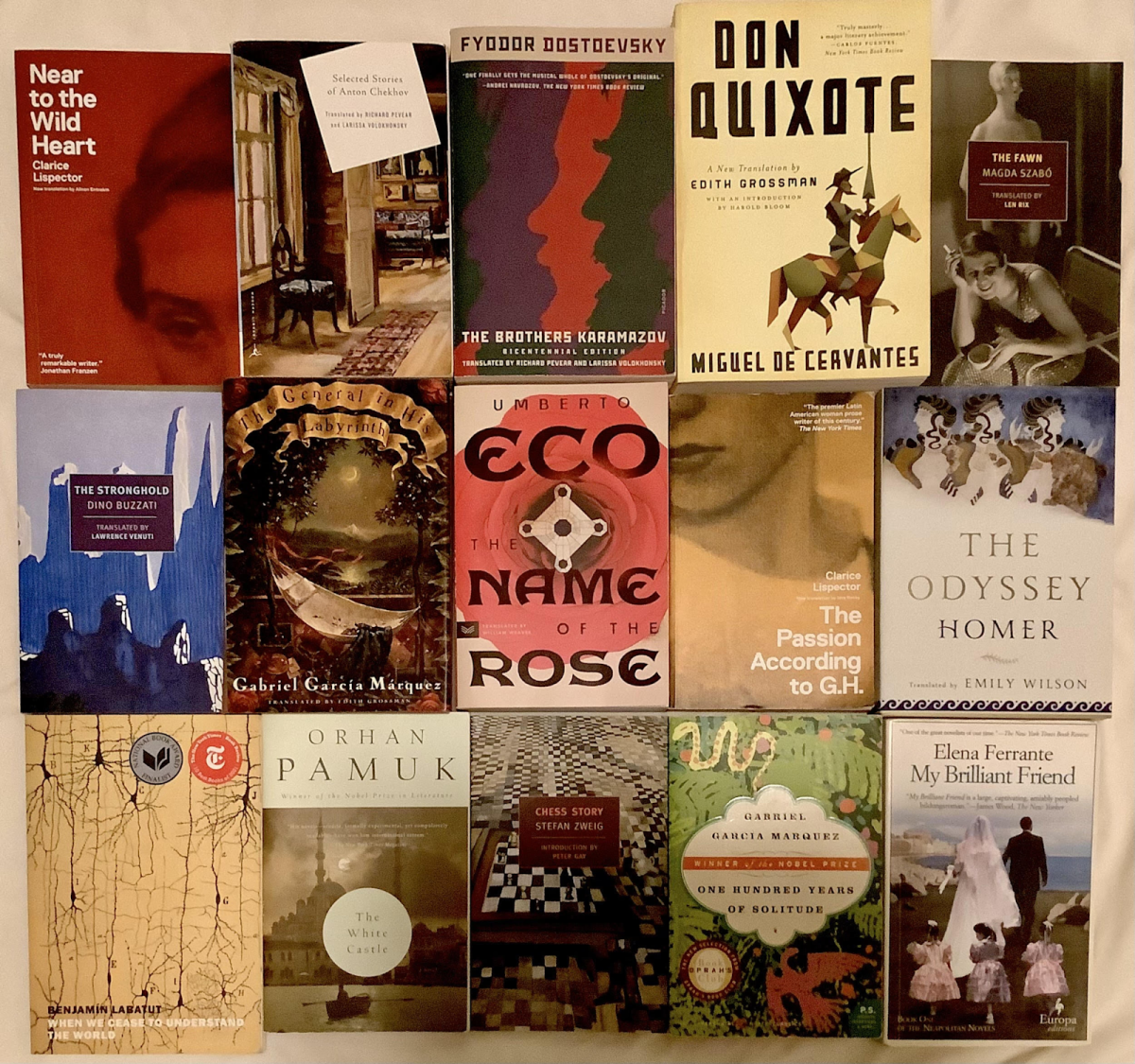
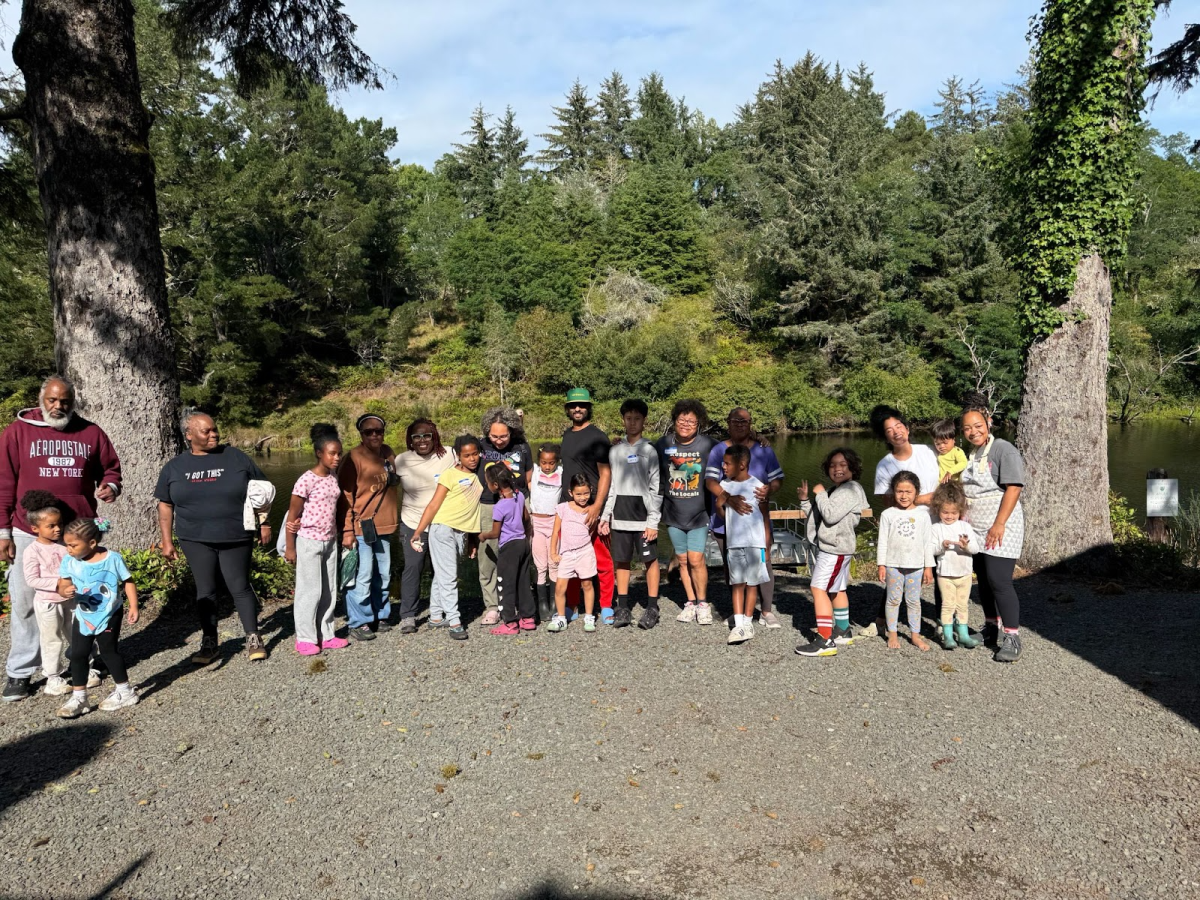
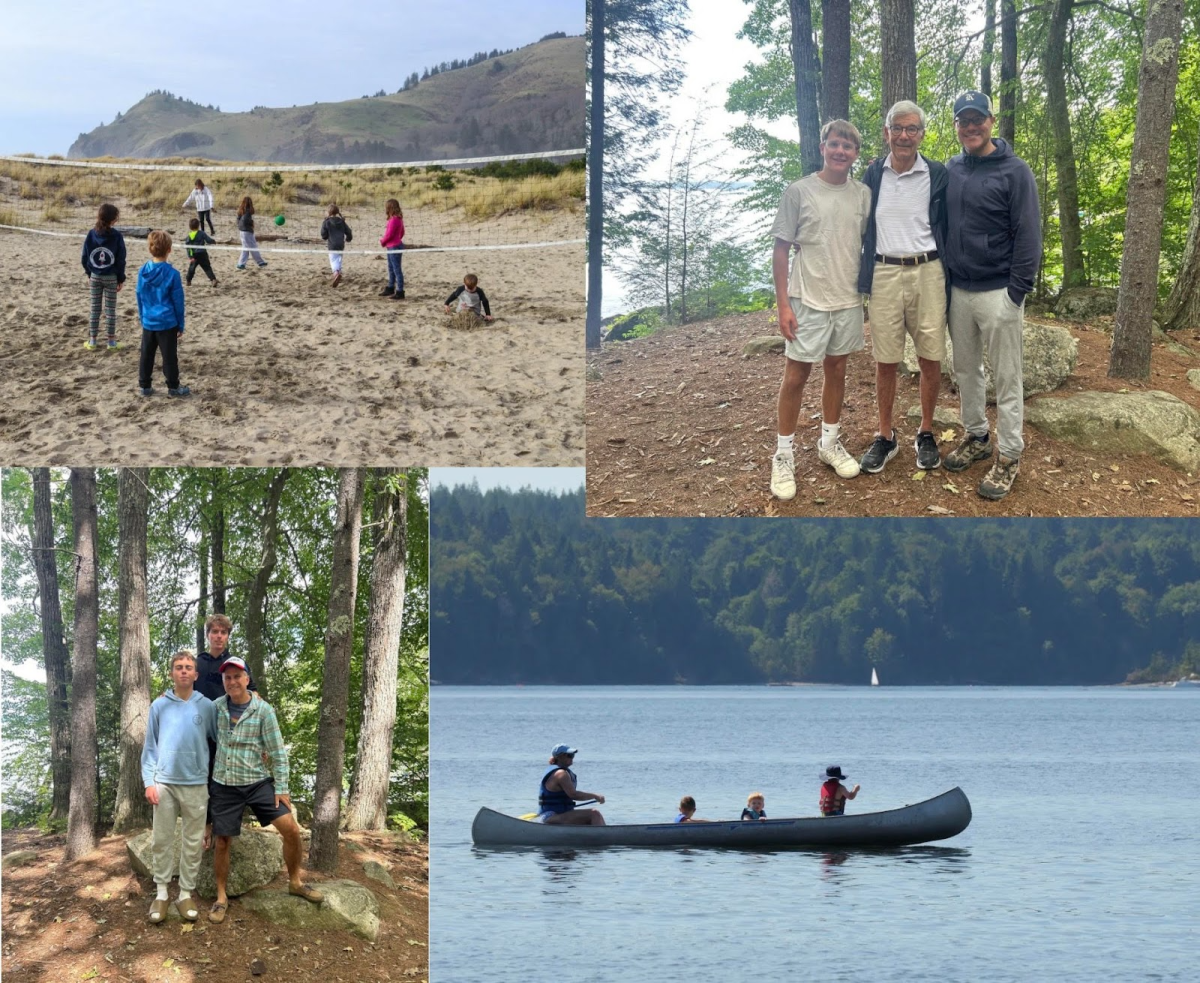
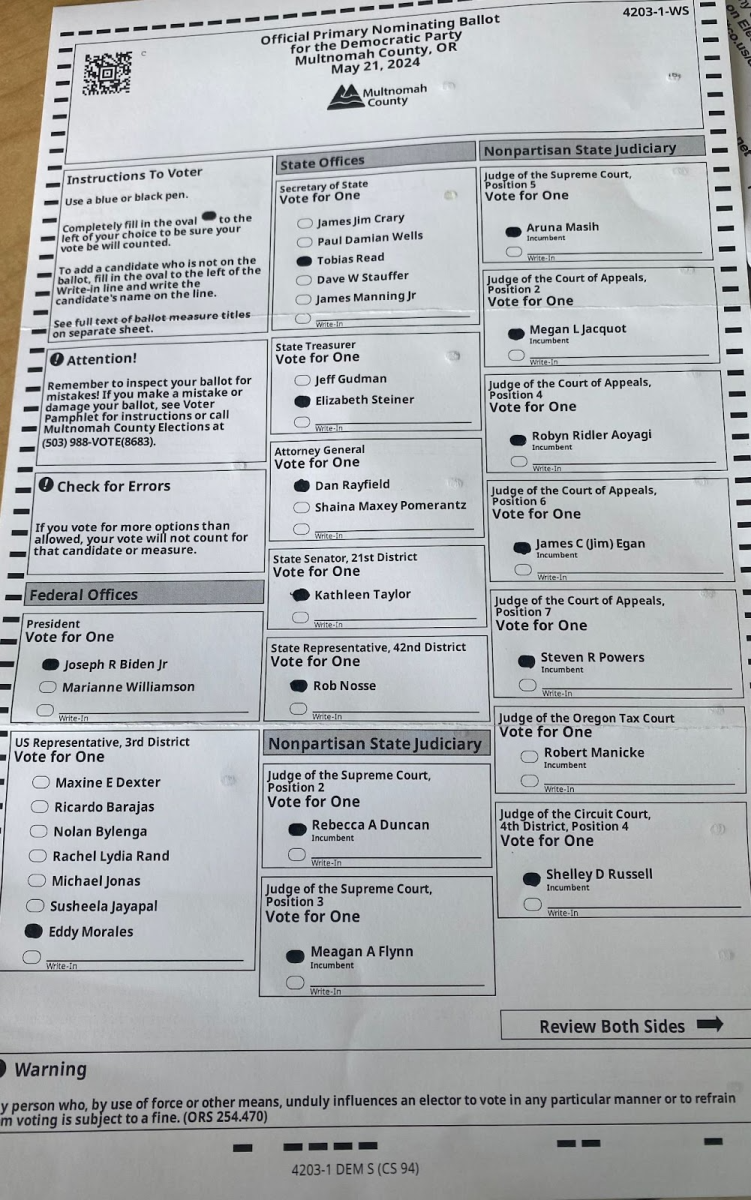
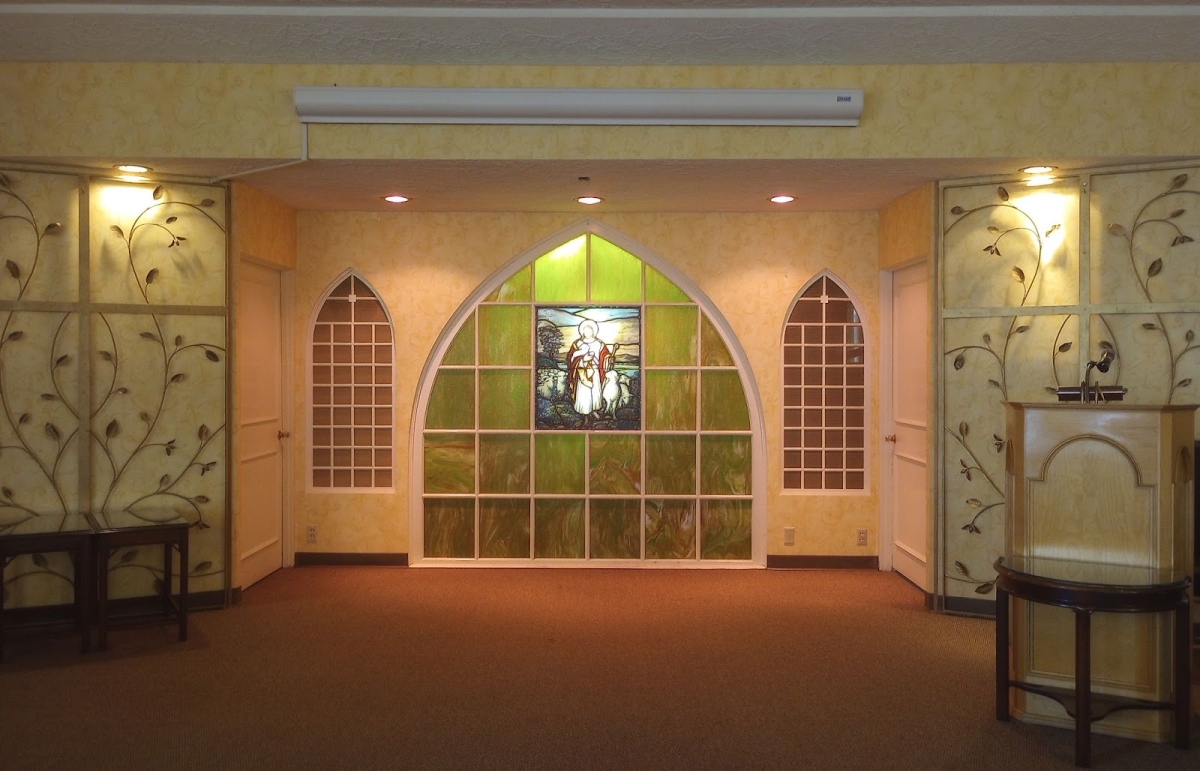


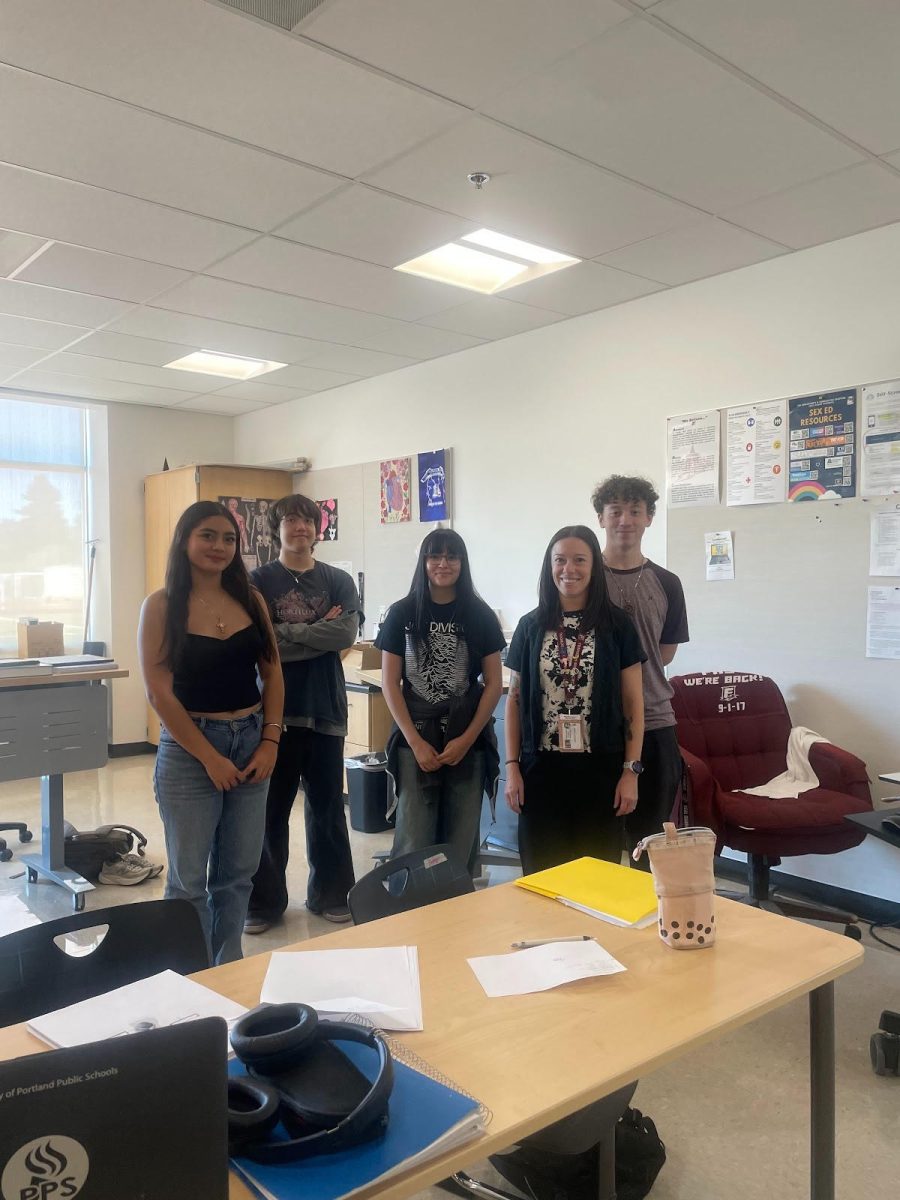


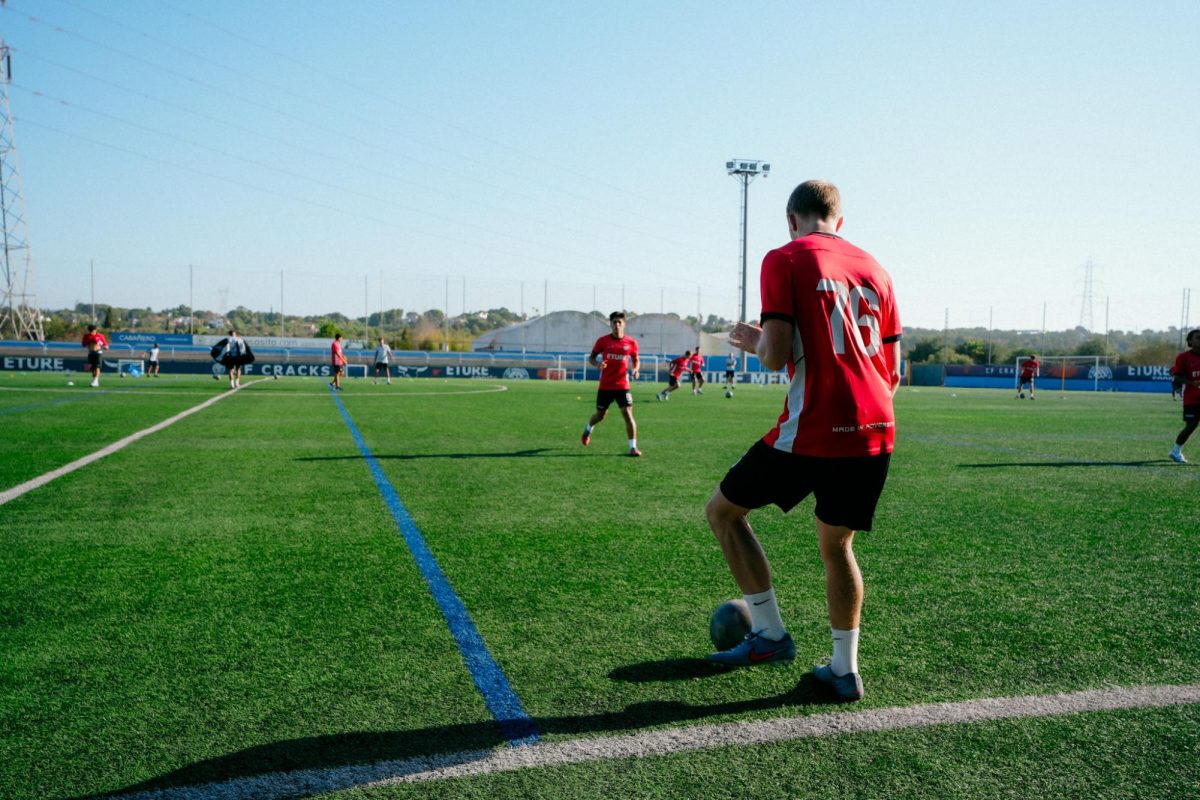


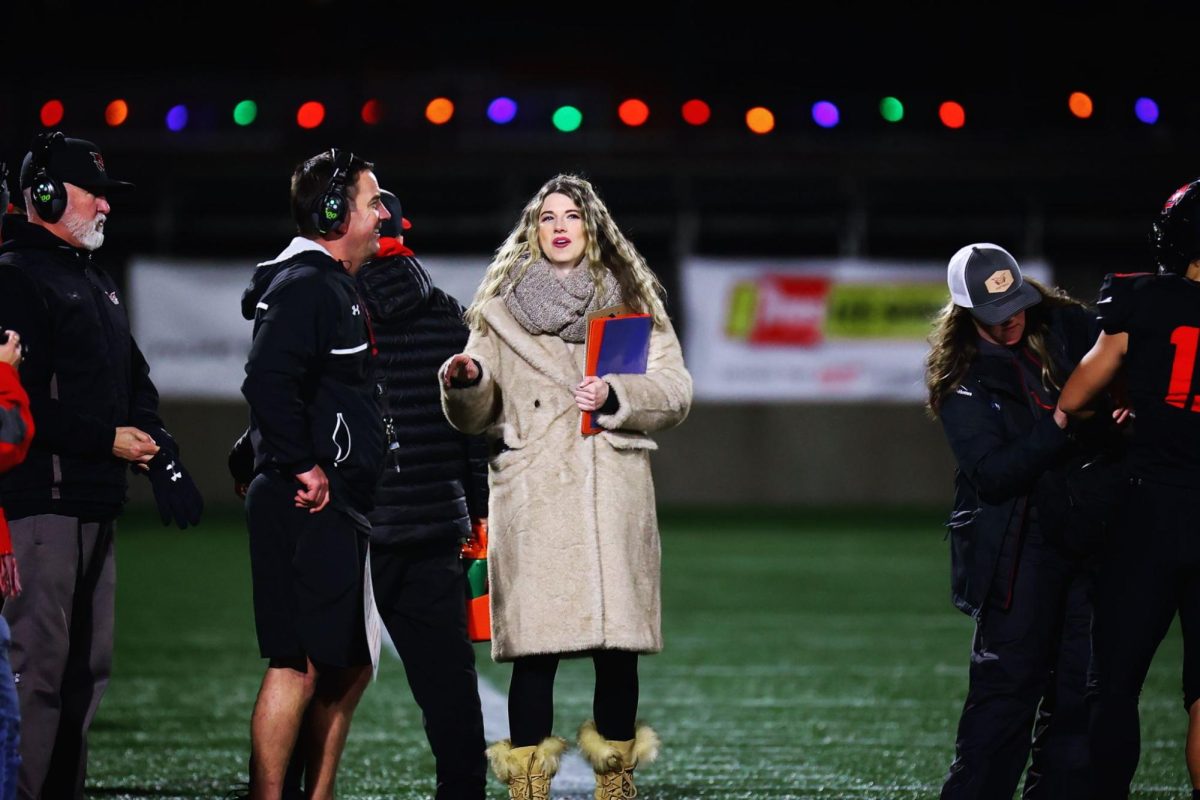

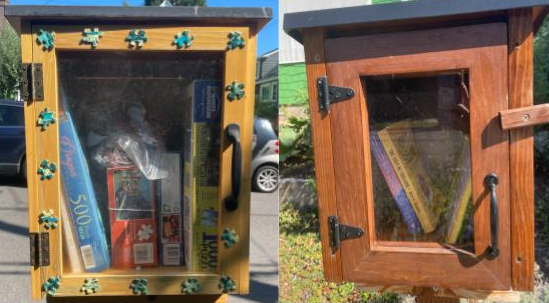
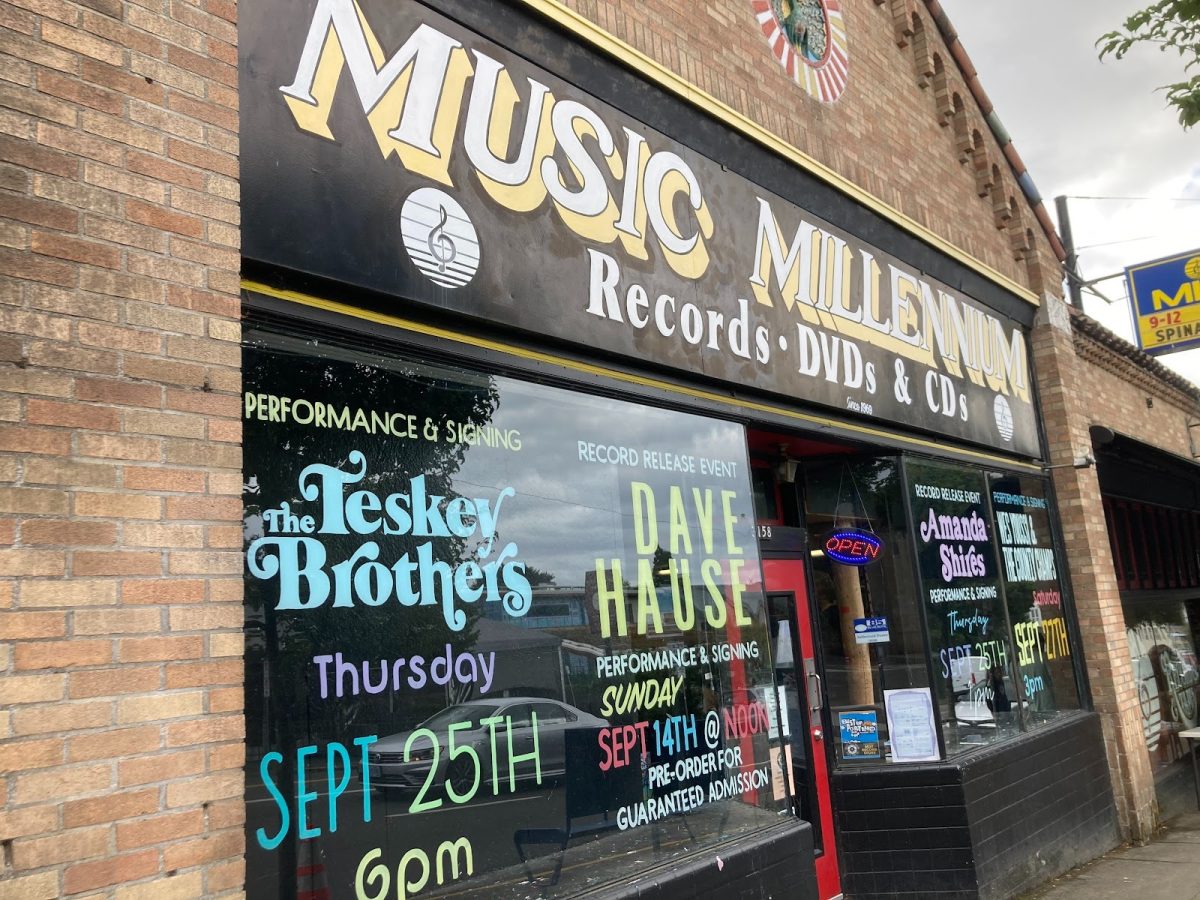

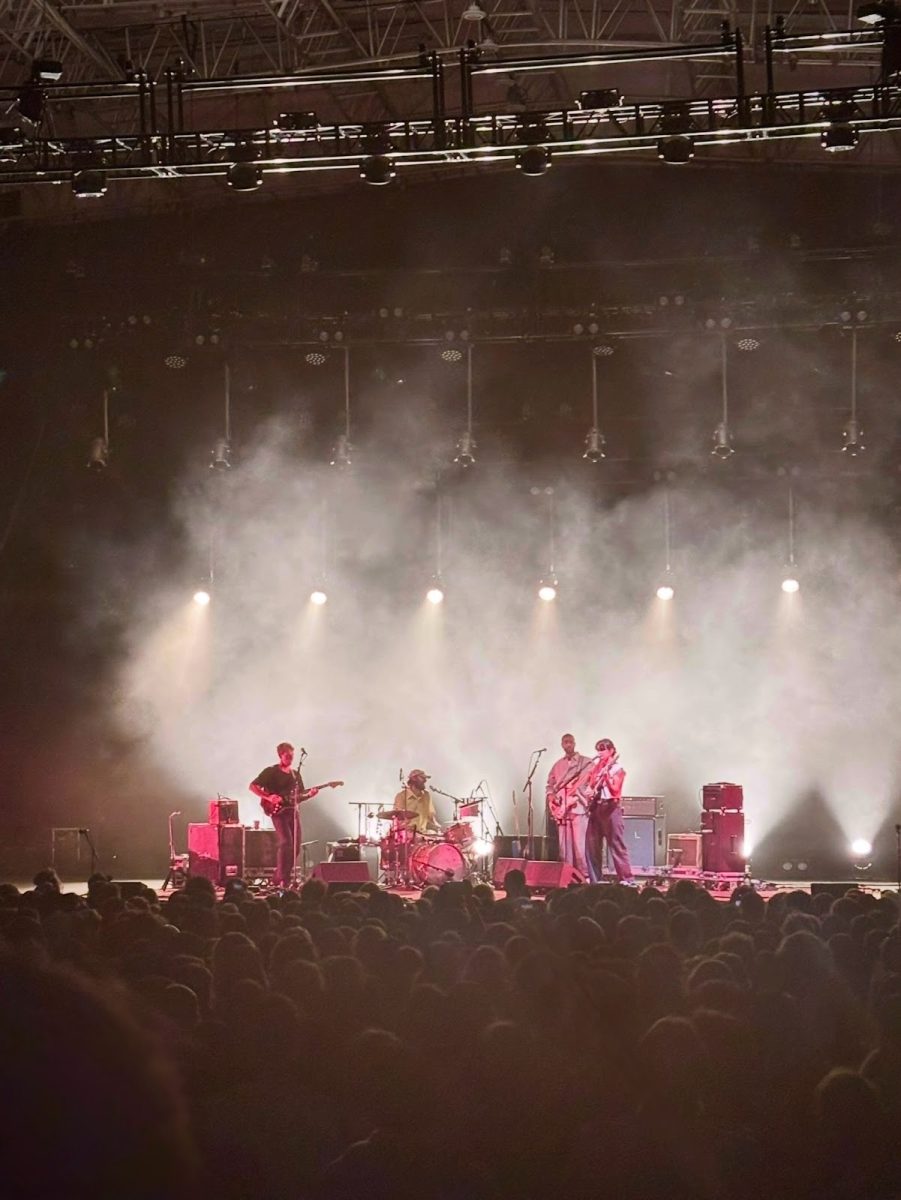

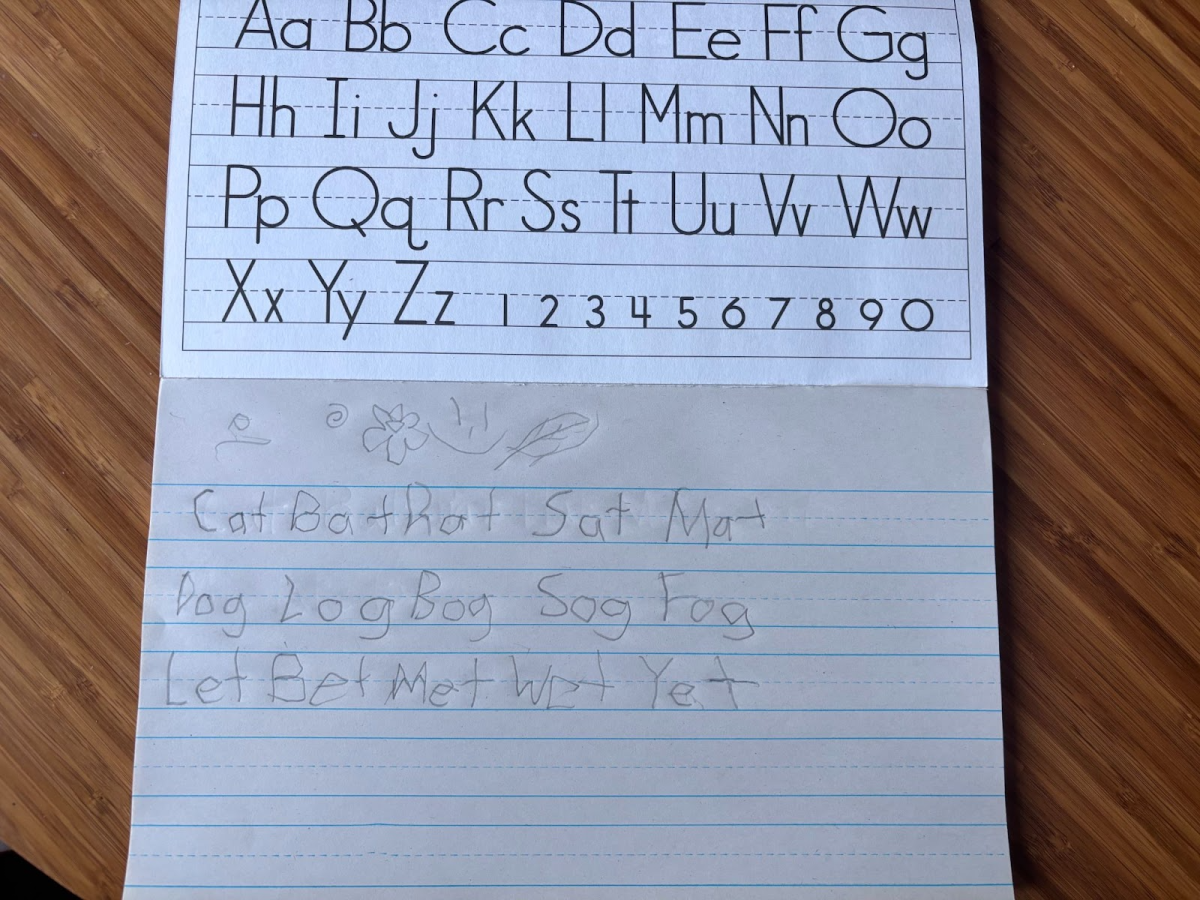

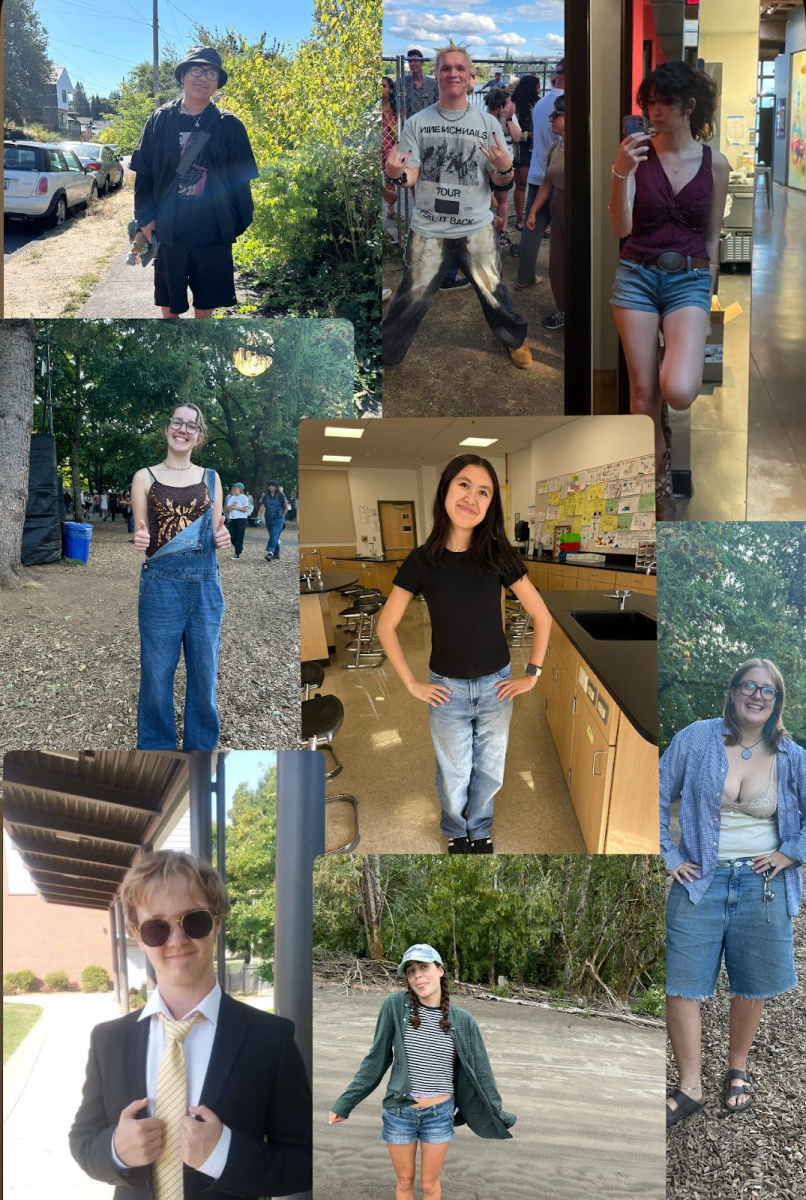
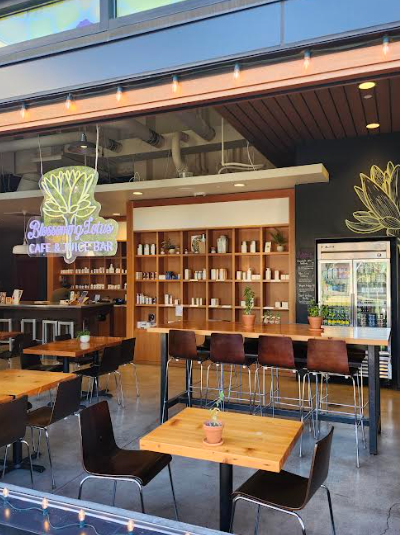
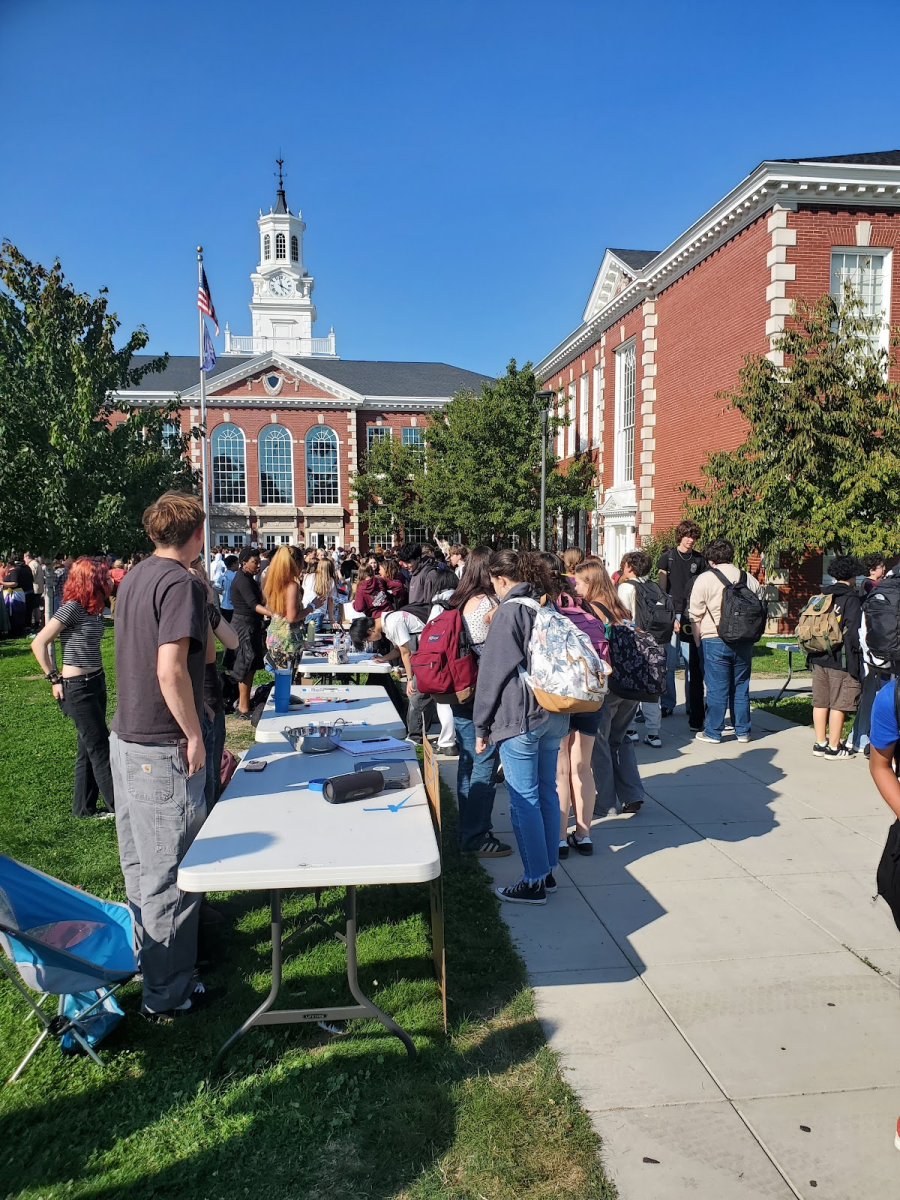
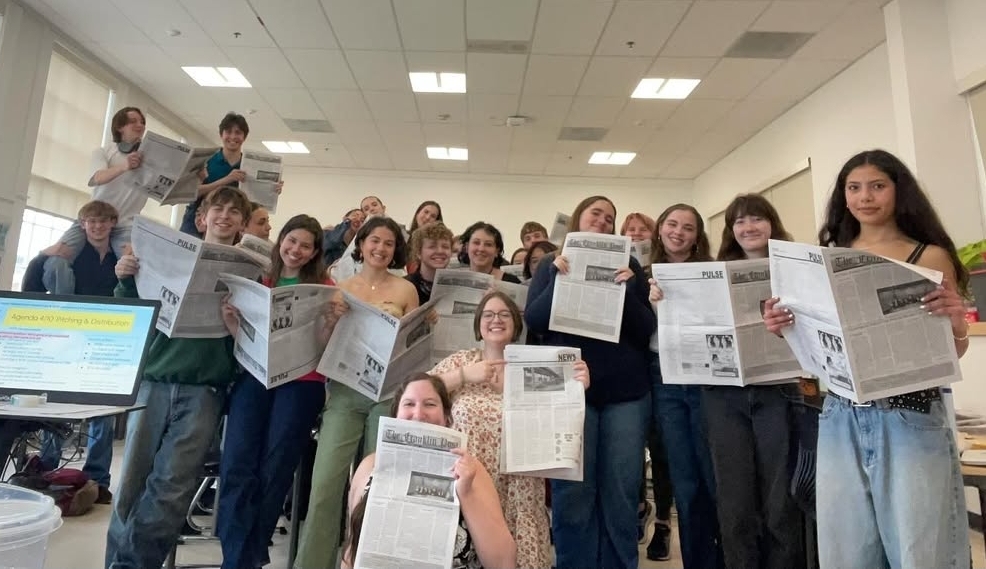
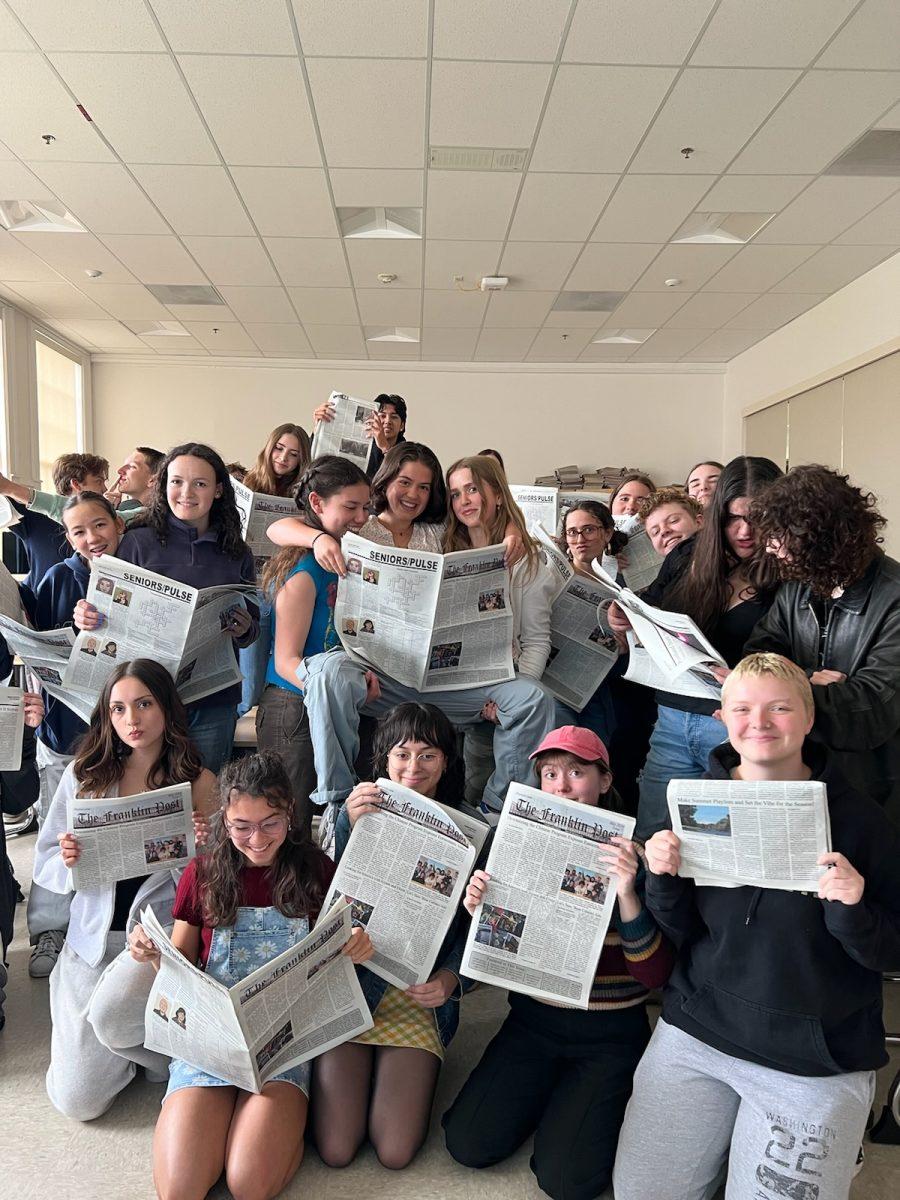
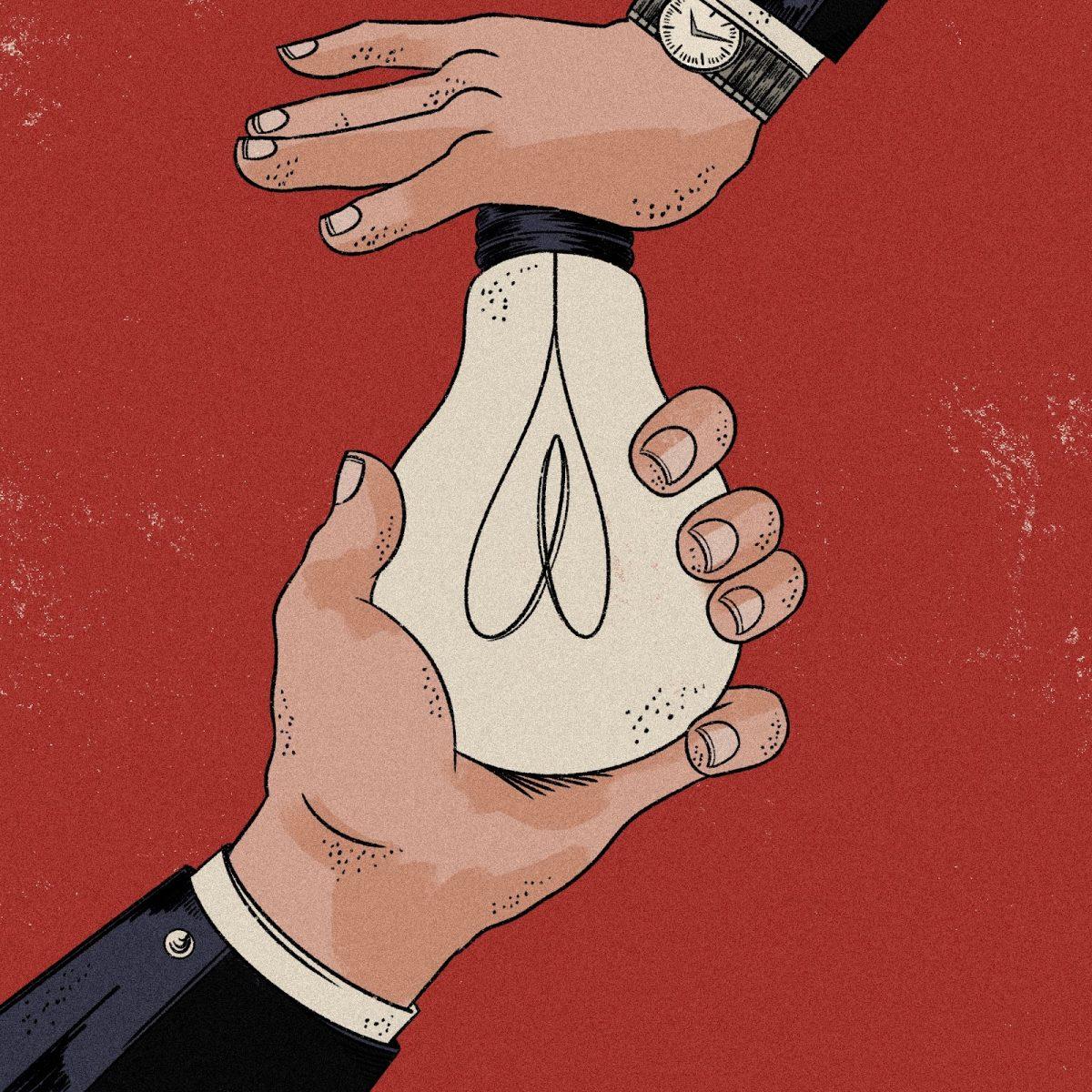
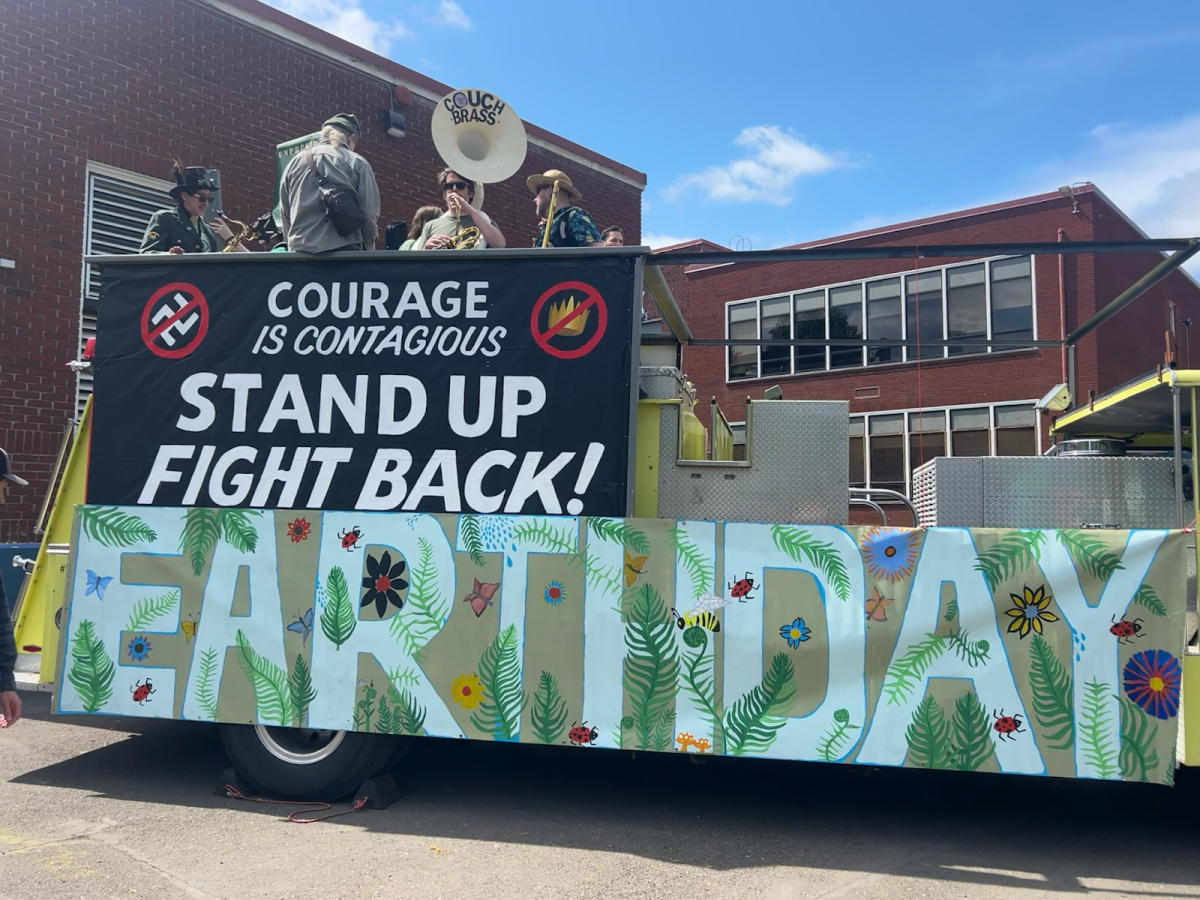
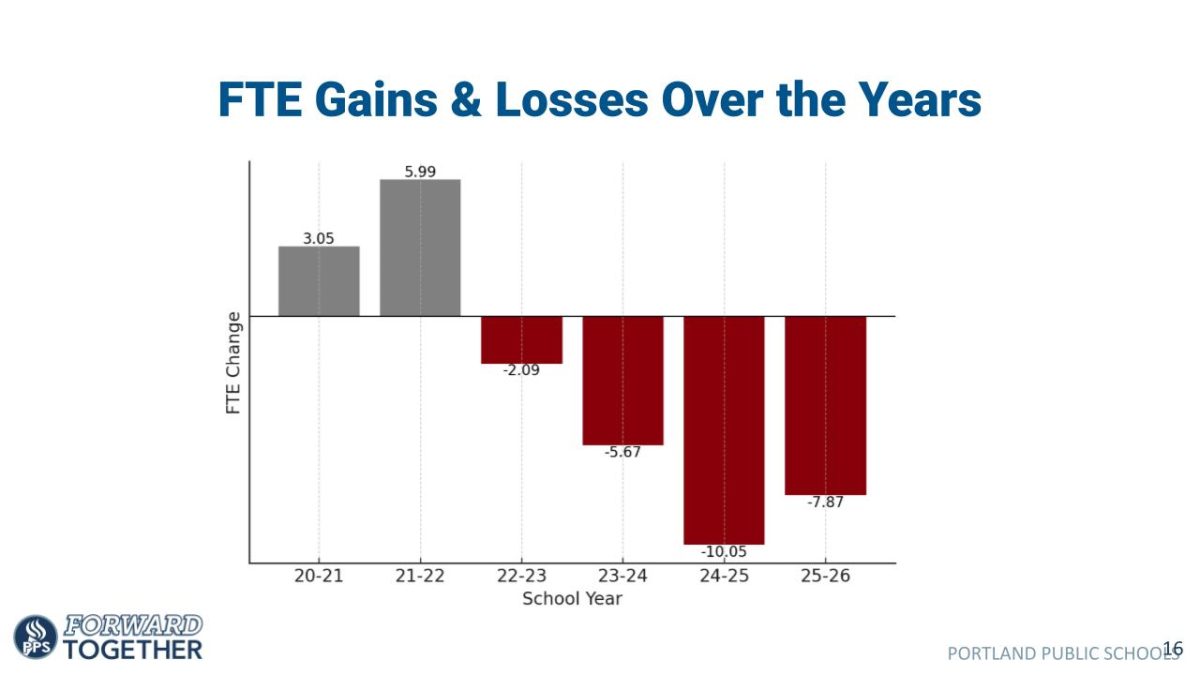
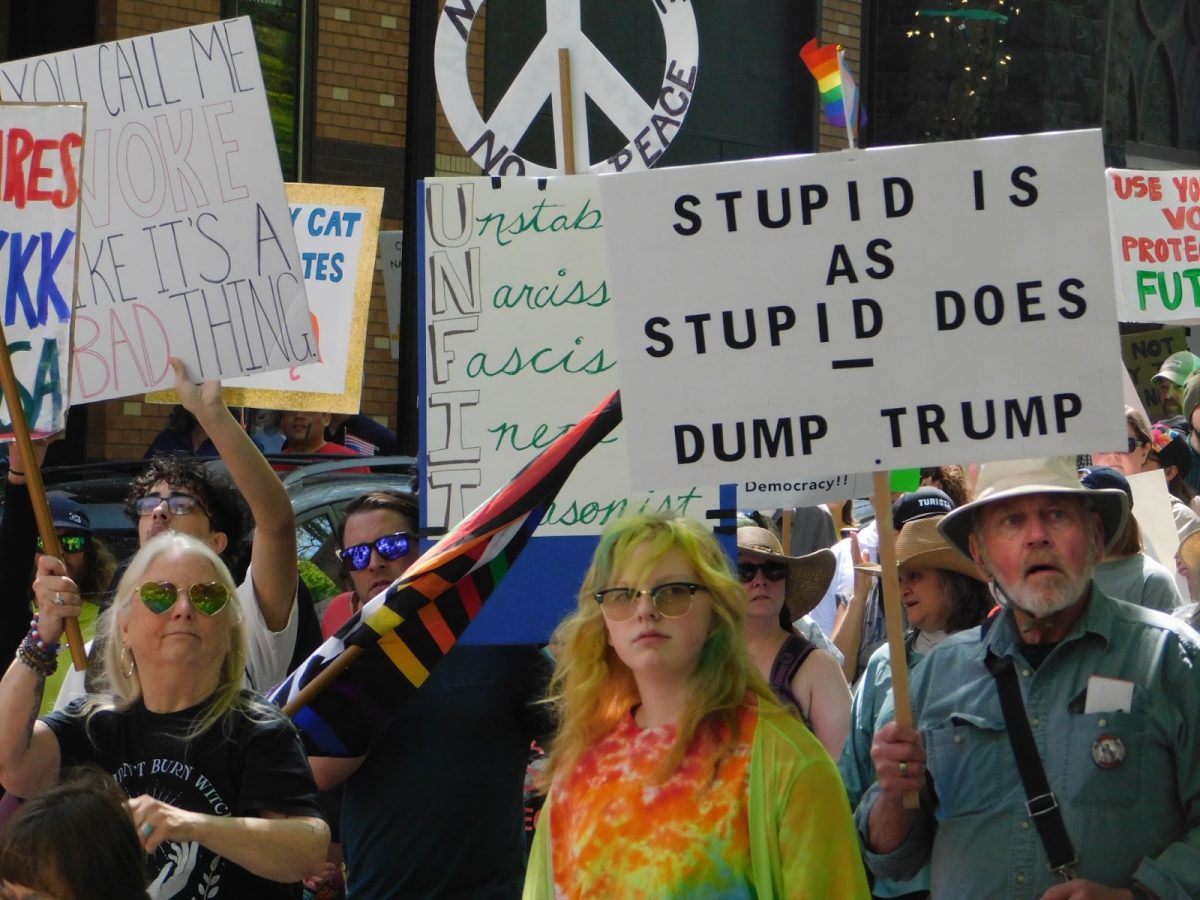
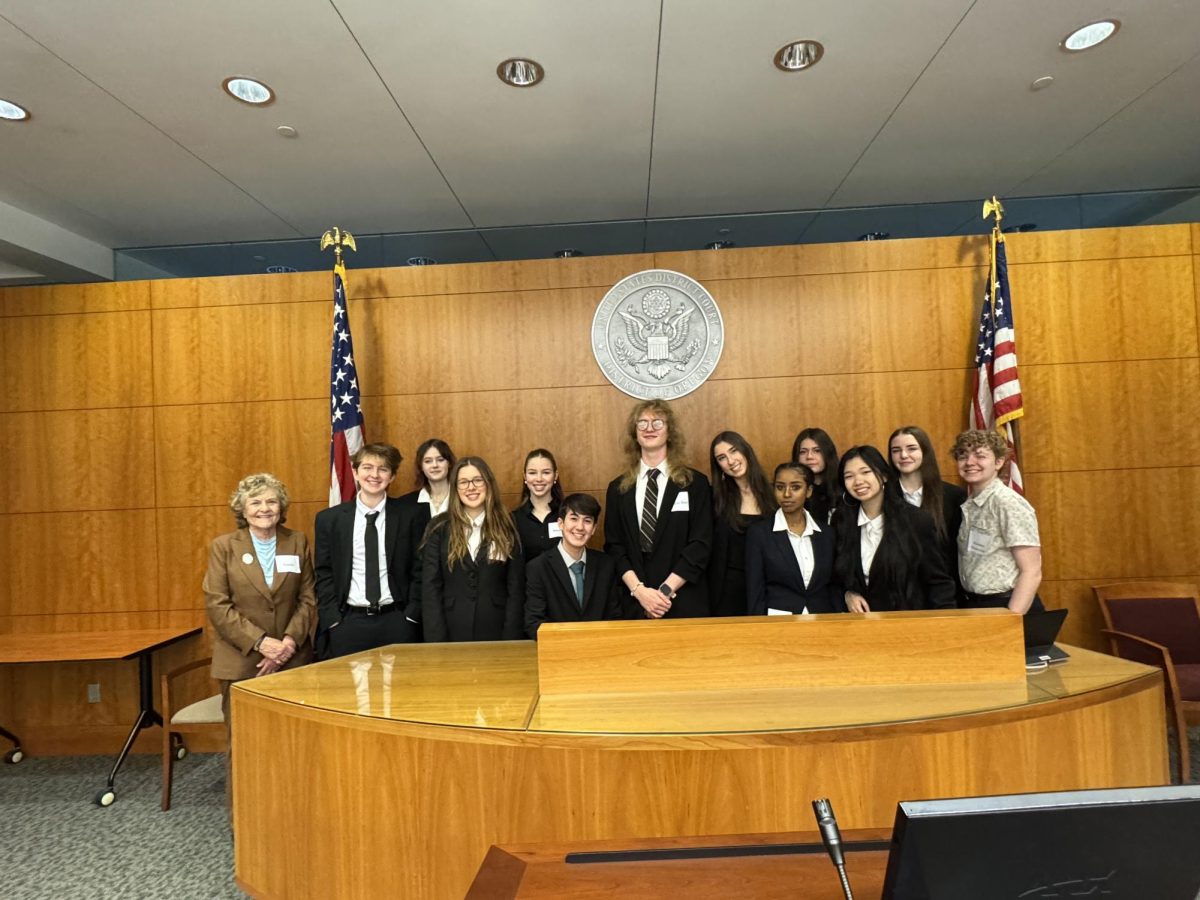


Sam Walsh • May 27, 2025 at 12:03 am
They never enforced it before they never will